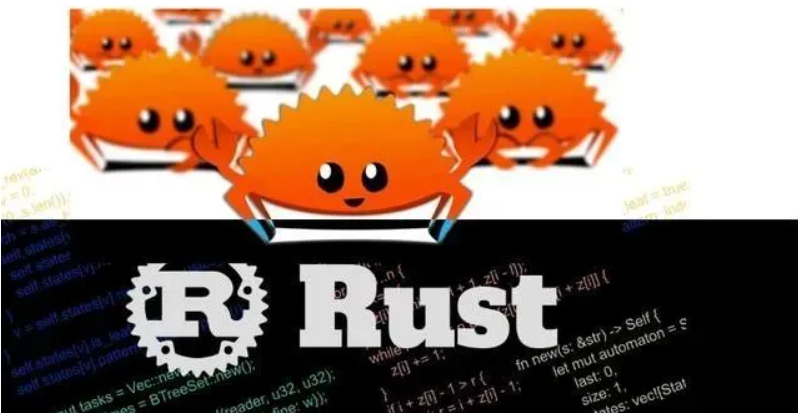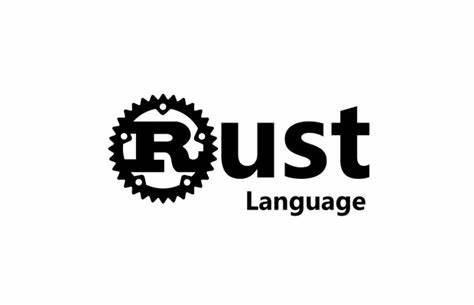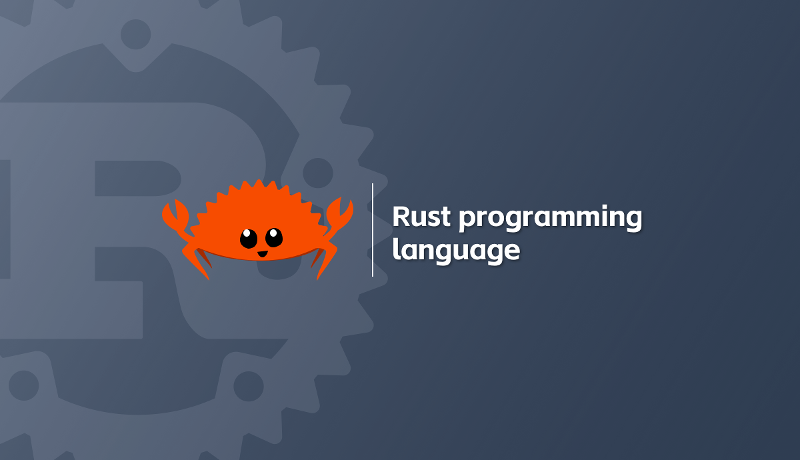
Rust Study Day3
本文最后更新于 2024-03-29,本文发布时间距今超过 90 天, 文章内容可能已经过时。最新内容请以官方内容为准
Rust Study Day3
1. borrowing & ownership
The borrowing rule are simple:
[1]-Two or more pointers access the same data at the same time.
[2]-At least one of the pointers is being used to write to the data.
[3]-There’s no mechanism being used to synchronize access to the data.
Let’s less talking but more code and explanation.
// borrowing and reference
let mut a1 = String::from("I'm a1"); // make a1 is mutable
let b1 = &a1; // borrowing
let b2 = &a1; // borrowing
//let b3 = &mut a1; // trying to borrow a1 and modify it, but it's not allowed at here due to the rule of languaage.
// b1 and b2 are borrow a1 as a immutable type, so we cannot borrow it as a mutable type currently.
println!(
"b1 and b2 value should same as a1, due to there are point the a1 address.\nb1: {}\n b2: {}\n",
b1, b2
);
// But b3 can borrow a1 and modify it here, due to the b1/b2 borrowing scope is end of above,
// and b1/b2 are not used after.
let b3 = &mut a1;
b3.push_str(", and i was modified by b3.");
println!("a1 now is :{}", a1);
The Terminal output:
b1 and b2 value should same as a1, due to there are point the a1 address.
b1: I’m a1
b2: I’m a1
a1 now is :I’m a1, and i was modified by b3.
Advantages:
- Avoiding resource competition.
- Avoiding dangling pointers.
2. Dangling References
Dangling in Chinese means 悬空。
Why is it called dangling[悬空]?
- Reference to nothing, so it’s called dangling.
The Rules of References
Let’s recap what we’ve discussed about references:
[1].At any given time, you can have either one mutable reference or any number of immutable references.
[2].References must always be valid.
fn main() {
let reference_to_nothing = dangle();
}
fn dangle() -> &String // dangle returns a reference to a String
{
let s = String::from("hello");
&s // A reference to the String of s is returned
} // Here, s goes out of scope, and is dropped. Its memory goes away.
// Danger!
Due to the rules of references, the code above is illegal.
Another example of dangling references is when a reference type is used to be a field of a struct and the field lives short than the struct:
fn call_color(color: String) {
println!("My favorite color is: {}", color);
}
struct Target {
name: String,
age: i32,
favorite_color: String, // favorite_color is a reference to a String
}
let outer_favorite_color = String::from("Blue");
call_color(outer_favorite_color); // Take the color and do not return it. It consume it.
let user1 = Target {
name: String::from("Bob"),
age: 42,
favorite_color: outer_favorite_color, // Dangling reference. And complier will report an error here.
// ERROR: use of moved value: `outer_favorite_color` value used here after moverustcClick for full compiler diagnostic
};
println!(
"user1 has a dangling reference? fav_color is {}",
user1.favorite_color
);
本文是原创文章,采用 CC BY-NC-ND 4.0 协议,完整转载请注明来自 Unic
评论
匿名评论
隐私政策
你无需删除空行,直接评论以获取最佳展示效果




